I had considered that, but I hate the look of fisheye shots. Also, with the limited vis I dive in I plan to use the wide angle to get close to a subject, making it the focal point of the frame rather than show a panorama.
You are using an out of date browser. It may not display this or other websites correctly.
You should upgrade or use an alternative browser.
You should upgrade or use an alternative browser.
New to DSLR with a question about lenses and ports
- Thread starter MaxBottomtime
- Start date
Please register or login
Welcome to ScubaBoard, the world's largest scuba diving community. Registration is not required to read the forums, but we encourage you to join. Joining has its benefits and enables you to participate in the discussions.
Benefits of registering include
- Ability to post and comment on topics and discussions.
- A Free photo gallery to share your dive photos with the world.
- You can make this box go away
AussieByron
Contributor
The 105mm on a D700 should be a 105mm lens as it is a full frame camera, and that is what the lens is designed for.
The 60mm lens is much more versatile and gives excellent 1:1 macro results on a full frame camera (film / digital)
The 105mm and 60mm macro are not DX lenses as you know and dont have any crop factor (1.5x) when used with a FX camera like the D700.
But for those that have been using these lenses on DX format cameras like the D300,D200,D90 etc etc etc you were increasing the focal length due to the cropping factor of 1.5X.
So I have the 60mm macro on my D90 and using the crop factor of 1.5x I have the equivalant focal length of 90mm on an FX camera. Same with the 105mm on a DX I have the focal length equivalent to 157.5mm on a FX camera.
It shows that a 60mm macro lens on a DX camera is close (15mm difference) to a 105mm on a FX camera (90mm equivalent vs 105mm actual).
A 60mm on a FX camera like the D700 would have the same view as a 40mm lens on a DX camera (40mm x 1.5 crop factor = 60mm).
So you can see that if you had a 40mm macro lens on your DX its more suited to fish portraits and you would have an issue with getting close to the small stuff to get your 1:1.
The 105mm on a FX camera like the D700 is as close as you get to having a 60mm on a Dx camera.
Regards Mark
Mark,
While I agree with all your calculations, at the end of the day on a D700 the 60 and 105mm lenses are exactly that, 60 and 105mm.
However I disagree with you that the 60mm is good only for fish portraits (on full frame). When I shot film it was my most versatile lens allowing for even full turtle shots (in clear water) and still having the ability to go 1:1
When I changed to digital I was more than frustrated having the 60 suddenly become a 90.
Fortunately Tokina came to my rescue with their neat 35mm ATX macro f2.8, my only complaint is that the minimum aperture is f22 (I would prefer f32). I used this lens during my last visit to the Philippines with no problems shooting 1:1 for nudis and also for various fish shots.
While I agree with all your calculations, at the end of the day on a D700 the 60 and 105mm lenses are exactly that, 60 and 105mm.
However I disagree with you that the 60mm is good only for fish portraits (on full frame). When I shot film it was my most versatile lens allowing for even full turtle shots (in clear water) and still having the ability to go 1:1
When I changed to digital I was more than frustrated having the 60 suddenly become a 90.
Fortunately Tokina came to my rescue with their neat 35mm ATX macro f2.8, my only complaint is that the minimum aperture is f22 (I would prefer f32). I used this lens during my last visit to the Philippines with no problems shooting 1:1 for nudis and also for various fish shots.
AussieByron
Contributor
Searcaigh,
Personally I use my 60mm 95% of the time for my macro on my Dx camera and the other 5% my 105mm. I find my 60mm great as I can get close for my Nuidbranch shots in low vis and my other macro work and can even back up a little in cleaner water for those fish portraits and larger subjects.
With the rationale that a 105mm macro lens on a D700 has the equivelant focal length as a 70mm lens on a DX camera. I believe that the 105mm macro lens is more suited as a macro lens for low vis work with a Fx camera like the Nikon D700.
Regards Mark
Personally I use my 60mm 95% of the time for my macro on my Dx camera and the other 5% my 105mm. I find my 60mm great as I can get close for my Nuidbranch shots in low vis and my other macro work and can even back up a little in cleaner water for those fish portraits and larger subjects.
With the rationale that a 105mm macro lens on a D700 has the equivelant focal length as a 70mm lens on a DX camera. I believe that the 105mm macro lens is more suited as a macro lens for low vis work with a Fx camera like the Nikon D700.
Regards Mark
friendlyfish
Registered
In general I agree that the 60mm macro should be the best choice, as it is more versatile than the 105. Minimizing the amount of water between lens and subject is also an important goal, especially in murky water... another good reason to go with the 60mm. However, another key consideration is preferred subject matter. While the 60 is best for most fish portraits and approachable macro critters, if you're someone who especially likes small, shy subjects such as blue-banded gobies, the 105 will serve you better.
While I own both the 60 and 105, I rarely use either in recent years. Instead, I prefer the Nikon 70-180 macro zoom, which is almost like having a 60, 105 and 200 all on the same dive. They're no longer in production, but are still available here and there. The only negatives are
1. Housing choices are limited - to my knowledge only Seacam and Nexus offer ports for this lens
2. Maximum reproduction ration is only 1:2, compared with 1:1 for other macro lenses. However, I get around this by carrying a wet diopter lens, which gives me better than 1:1, and works well even for tiny subjects like pygmy sea horses.
Hope that helps!
Mark
Mark Strickland, manager
Bluewater Photo
2501 Wilshire Blvd.
Santa Monica, CA 90403
1-310-633-5052
As for focus control, I'd consider manual focus capability to be mandatory with the old style 105, but probably not necessary with the 60 or new 105.
While I own both the 60 and 105, I rarely use either in recent years. Instead, I prefer the Nikon 70-180 macro zoom, which is almost like having a 60, 105 and 200 all on the same dive. They're no longer in production, but are still available here and there. The only negatives are
1. Housing choices are limited - to my knowledge only Seacam and Nexus offer ports for this lens
2. Maximum reproduction ration is only 1:2, compared with 1:1 for other macro lenses. However, I get around this by carrying a wet diopter lens, which gives me better than 1:1, and works well even for tiny subjects like pygmy sea horses.
Hope that helps!
Mark
Mark Strickland, manager
Bluewater Photo
2501 Wilshire Blvd.
Santa Monica, CA 90403
1-310-633-5052
As for focus control, I'd consider manual focus capability to be mandatory with the old style 105, but probably not necessary with the 60 or new 105.
John Gulliver
Contributor
As for focus control, I'd consider manual focus capability to be mandatory with the old style 105
I've heard/seen many people say the same but cannot understand why. I have owned a 105mm D lens for several years but used it for the first time on my recent Red Sea trip. I didn't find it harder to use than my 60mm D lens. In my hands, the autofocus worked fine (with my D80) and I didn't notice that it was notably slower than my 60mm. It enabled me to get some good shots (by my standards) of shy fish and a couple of very close turtle portraits (anyone who's interested can see them in my Smugmug album, link below, Aqaba macro gallery). I'd be interested in comments on this issue by others who have more experience of the 105mm D lens.
I had considered that, but I hate the look of fisheye shots. Also, with the limited vis I dive in I plan to use the wide angle to get close to a subject, making it the focal point of the frame rather than show a panorama.
Current versions of Lightroom and Photoshop can remove the
fisheye distortion if they have a lens profile for that lens. And if
they don't, Adobe has a free kit to do your own lens profiles.
Korsu
Contributor
Mark, I would also include the permanent tripod mount a drawback for this lens. Use it a lot on land though.I prefer the Nikon 70-180 macro zoom
While I use both the 60 & 105, I would vote for the 60mm in low vis situations. It is a little more versatile and you can add a 1.4 TC (total, less cost then the 105) if you want more working distance. You loose a stop but with the D700 ISO range that is nothing.
friendlyfish
Registered
Good point, Korsu... I forgot to mention that. I'm not sure about the other housing manufacturers, but for Seacam the tripod mount must be removed. I sent mine to Nikon for this modification.
BTW, previously I had mentioned Nexus and Seacam as possibly the only housing systems that will work for this lens, but understand that Subal also offers a suitable port combo.
Best,
Mark
BTW, previously I had mentioned Nexus and Seacam as possibly the only housing systems that will work for this lens, but understand that Subal also offers a suitable port combo.
Best,
Mark
As someone who as transitioned from a DX body to a FX body and has used both the 60mm and 105mm extensively on both bodies, I can offer you my personal views on using these lenses on an FX body like the D700 from personal experience.
First it should be noted that I have been shooting with a D3 (FX body, with a near identical sensor to the D700) for the past two years. I have also recently acquired a D3X which I can use interchangeably with the D3 in the same housing, which I have used primarily for macro.
First, to be technically correct, a 60mm lens or a 105mm lens is always 60mm or 105mm lens whether on a DX body or FX body. The conversion factor (crop factor) of 1.5 on a DX body may refer to an equivalent focal length, however, in respect of this, it is just the angle of view that is equivalent, nothing else. If you take a 28mm lens and put it on a DX body, you may get an equivalent focal length of 42mm, however, the lens still displays the refractive properties of the 28mm lens. If you compare this versus a true 42mm lens on an FX body you will see differences in the image even though the angle of view may be the same.
When I moved to the full frame, I expected the same as what Mark has indicated - that I would find the 60mm less useful and begin to use the 105mm more to keep the equivalent angle of view. However, that has not been the case. With the FX sensors of my D3 and D3x I find myself continuing to use the 60mm more than the 105mm. I still find it quite a bit easier to use and still quite versatile. I still use the 105mm on occasion, but if I'm not sure exactly what I am going to see from a macro perspective, I will always take the 60mm with me.
Here are a few shots from a few weeks ago in Bonaire, all shot with the 60mm.
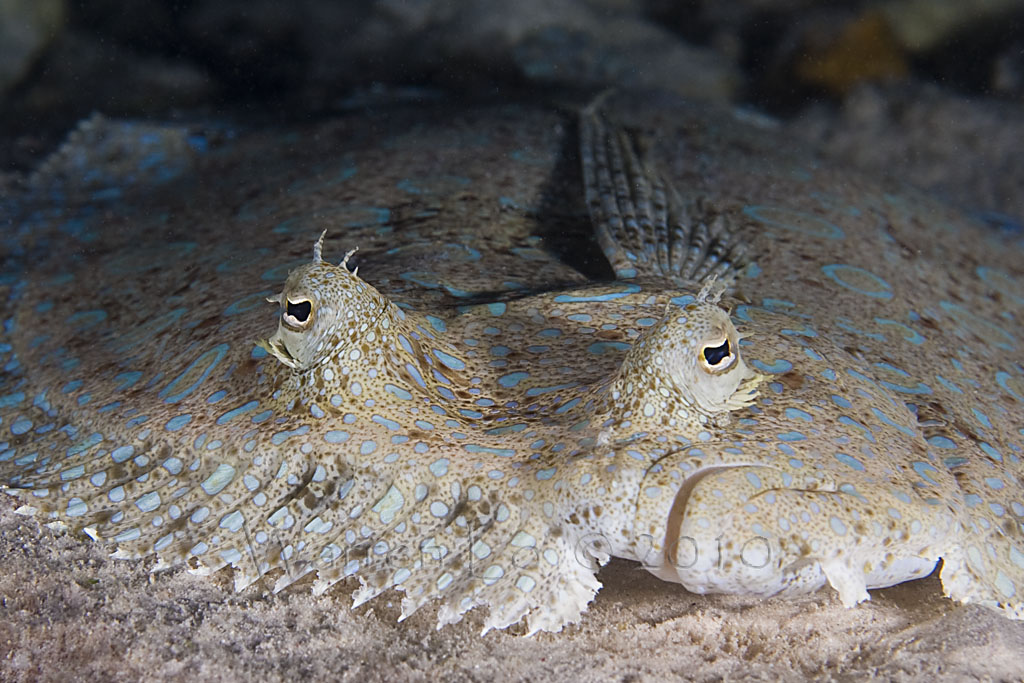
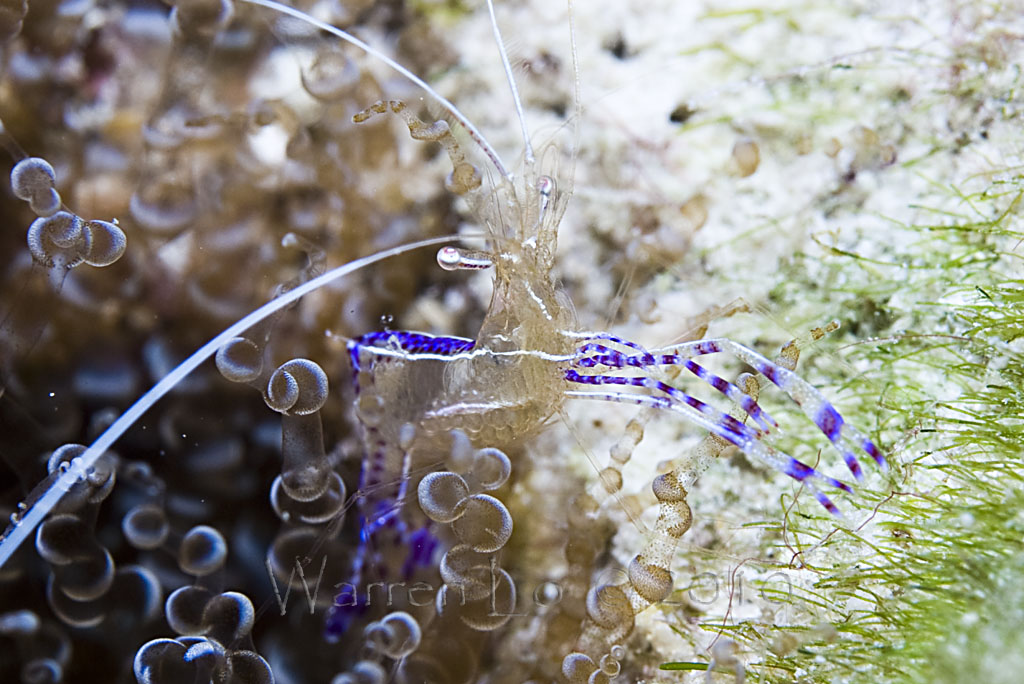
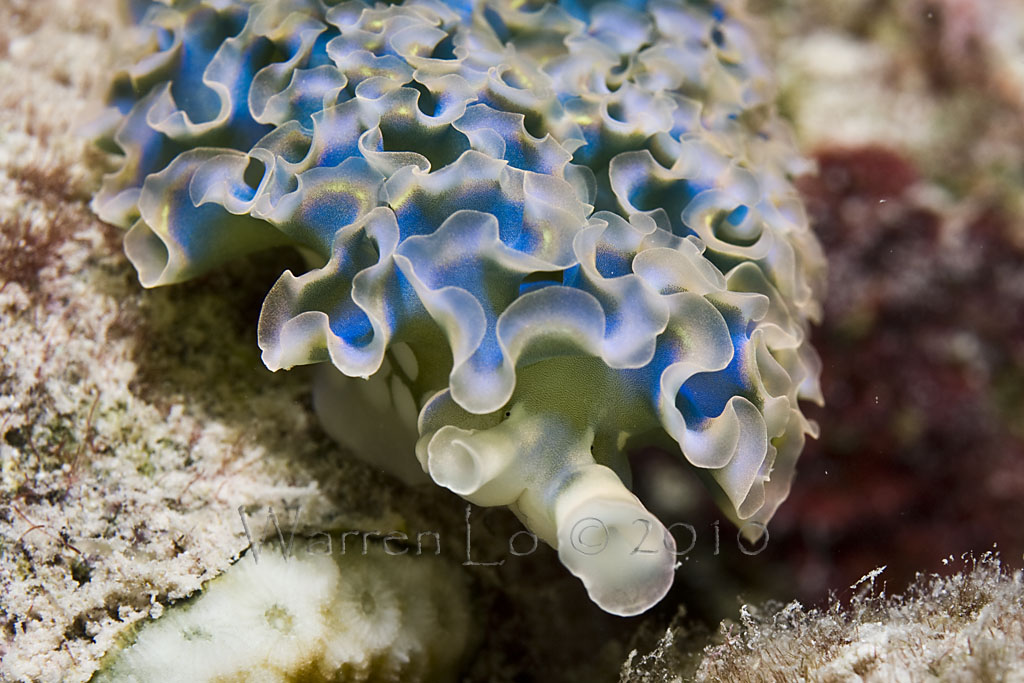
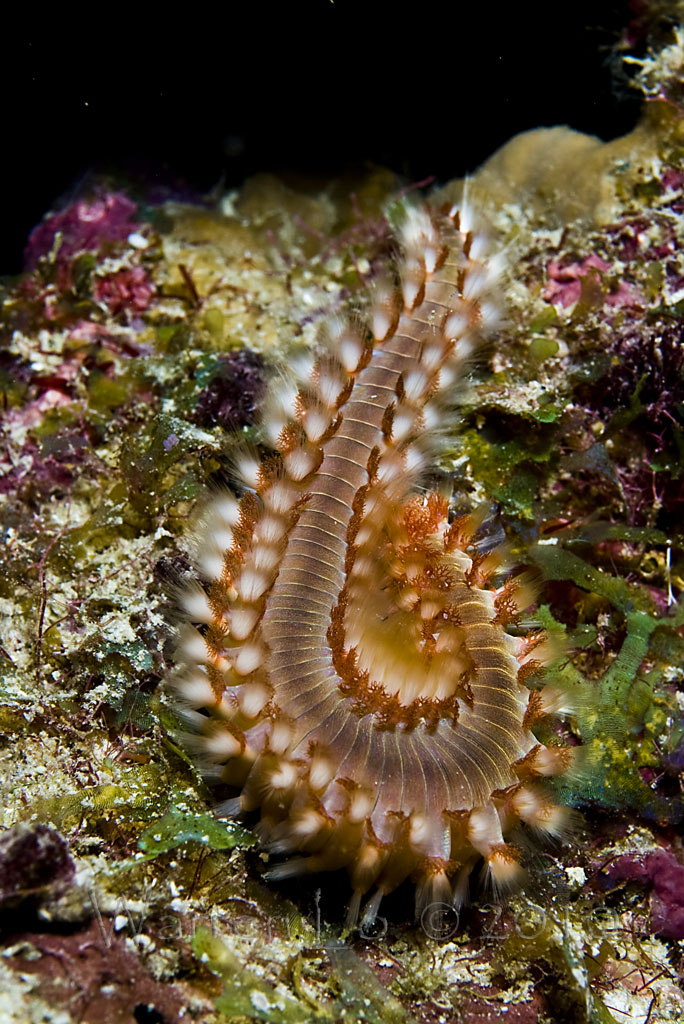
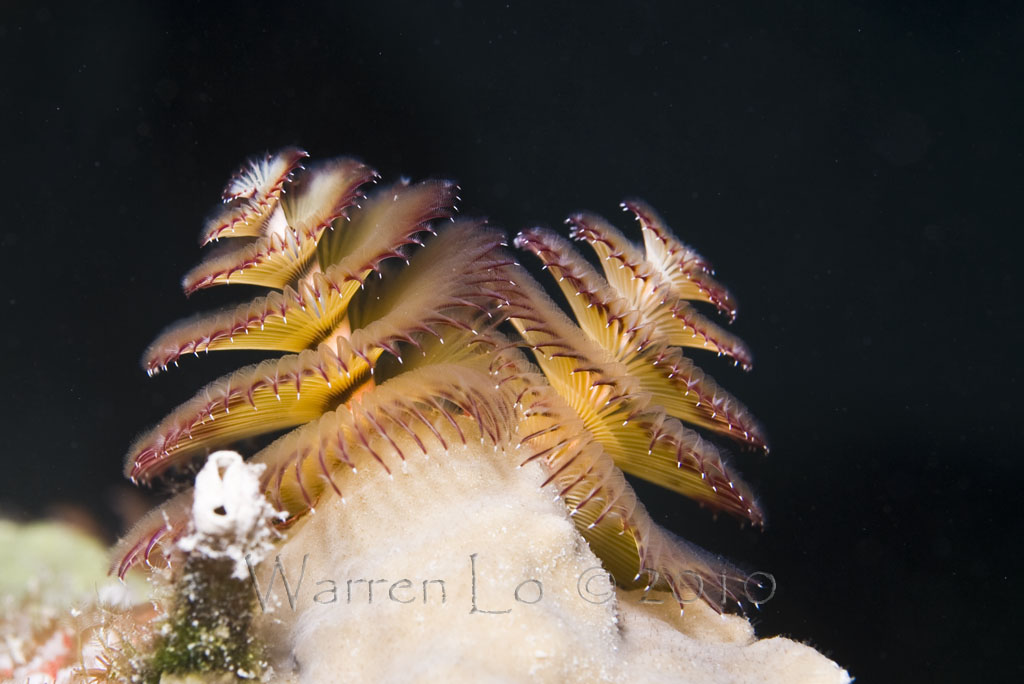
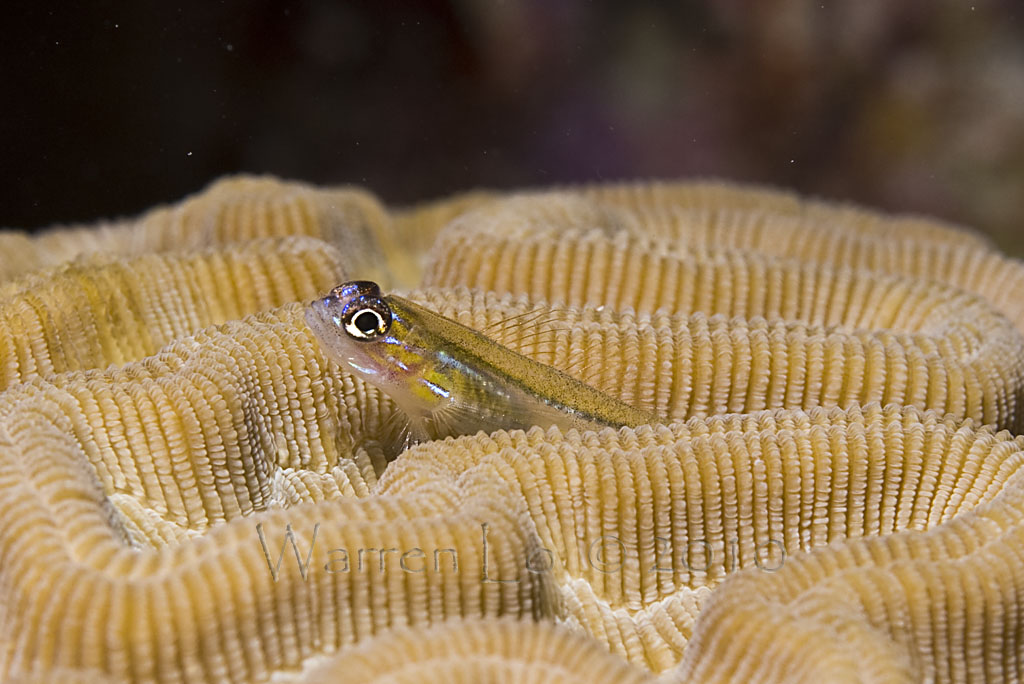
First it should be noted that I have been shooting with a D3 (FX body, with a near identical sensor to the D700) for the past two years. I have also recently acquired a D3X which I can use interchangeably with the D3 in the same housing, which I have used primarily for macro.
First, to be technically correct, a 60mm lens or a 105mm lens is always 60mm or 105mm lens whether on a DX body or FX body. The conversion factor (crop factor) of 1.5 on a DX body may refer to an equivalent focal length, however, in respect of this, it is just the angle of view that is equivalent, nothing else. If you take a 28mm lens and put it on a DX body, you may get an equivalent focal length of 42mm, however, the lens still displays the refractive properties of the 28mm lens. If you compare this versus a true 42mm lens on an FX body you will see differences in the image even though the angle of view may be the same.
When I moved to the full frame, I expected the same as what Mark has indicated - that I would find the 60mm less useful and begin to use the 105mm more to keep the equivalent angle of view. However, that has not been the case. With the FX sensors of my D3 and D3x I find myself continuing to use the 60mm more than the 105mm. I still find it quite a bit easier to use and still quite versatile. I still use the 105mm on occasion, but if I'm not sure exactly what I am going to see from a macro perspective, I will always take the 60mm with me.
Here are a few shots from a few weeks ago in Bonaire, all shot with the 60mm.






Similar threads
- Replies
- 2
- Views
- 333
- Replies
- 1
- Views
- 341
- Replies
- 0
- Views
- 142
- Replies
- 2
- Views
- 349




